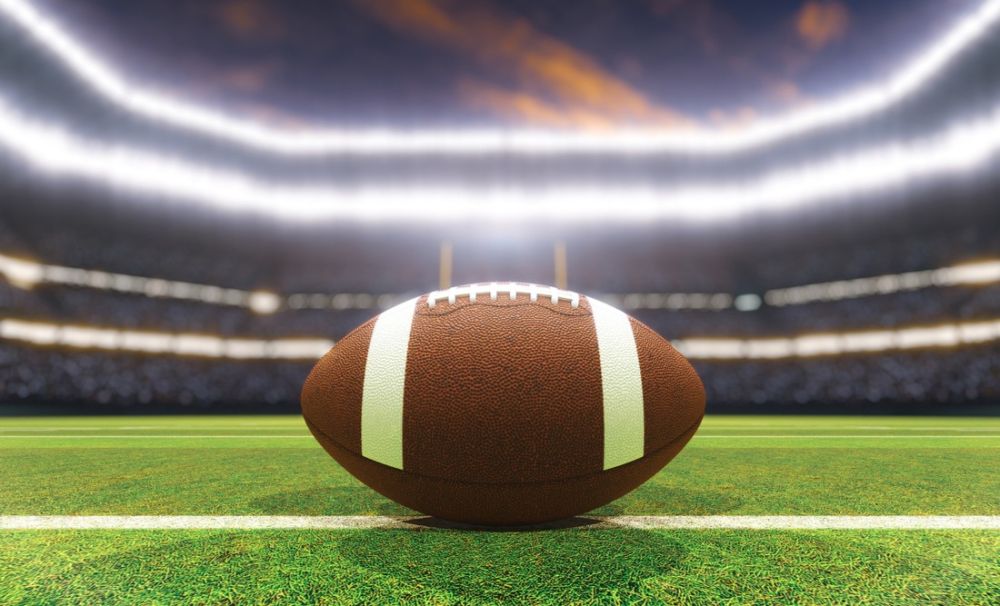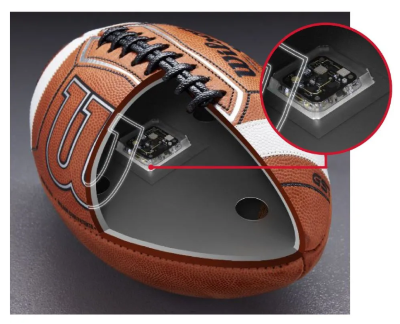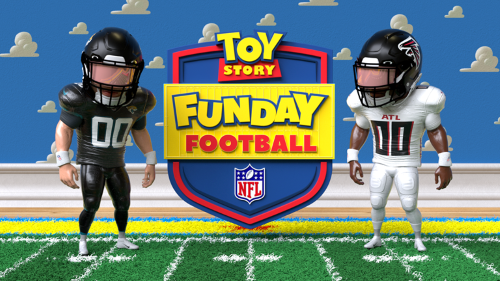
As ultra-wideband (UWB) adoption continues to grow, organizations are finding new and useful applications for the technology. As an indicator, the UWB market reached 356M units in 2023, which is an increase of 10% compared to 2022. The UWB device market is expected to reach more than 1 billion units by 2027. With this kind of growth, it seems inevitable that the world of professional sports would embrace UWB’s high level of accuracy and real-time data.
UWB and the NFL
UWB was first brought to the National Football League (NFL) in 2014 when the organization approved the use of wearable UWB-enabled radio-frequency identification (RFID) transmitters on its players and in stadiums. The introduction of location accuracy in positioning data offered by this technology marked a pivotal moment in enhancing the league’s understanding of player dynamics and game intricacies. Recognizing the precision offered by UWB-enabled RFID transmitters, the NFL collaborated with Zebra Technologies to develop Next Gen Stats, a system that includes:
- 20-30 UWB receivers
- 2-3 UWB-enabled RFID tags installed into each players’ shoulder pads
- UWB-enabled RFID tags on officials, pylons, sticks, chains, and in the ball
That translates to about 250 UWB-enabled devices used per game tracking more than 1,000 data points per second.

The NFL worked closely with Wilson, the official NFL game ball supplier, to meticulously incorporate RFID tags into footballs, ensuring zero impact on the ball's performance or feel. These nickel-sized, 3.3-gram tags, accounting for less than 1% of the ball's weight, remain resilient even under the rigorous conditions of kicks and tackles, thanks to lightweight yet durable padding.
UWB Provides Vital Data
The data collected using UWB-enabled RFID tags is unprecedented. At kickoff, all the carefully placed tags’ UWB signals are picked up by strategically placed receivers throughout the stadium. This provides nonstop tracking for every second of gameplay. Tracked data includes ball position including height, velocity, and rotational information as well as player speed, passing rates, rushing attempt yards, pass completion, receiver separation, and much more.
All the data collected provides the NFL with Next Gen Stats which help players, teams, fans, referees, and broadcasters. Players are now better able to gauge their personal performance and teams can more effectively evaluate their collective performance daily throughout the season. This data also provides scouts with critical information to help them evaluate high school football players. For the past few years, Next Gen Stats have been gathered at the high-school level Senior Bowl practices and games.
As of 2019, each NFL stadium is equipped with up to 24 UWB-enabled antennas which help track more than 1,000 data points per second with centimeter-level accuracy. Since the NFL now embraces UWB technology, it can track game data in real-time at a frequency of 10 times per second. When it comes to behind-the-scenes, an average of three operators are employed to ensure all the tracking systems are working correctly. This level of accuracy and real-time data collection could only be done using UWB-based technology.

NFL Animation Using UWB
On October 1, 2023, the NFL took its Amazon Web Services-powered Next Gen Stats to an animated level when they teamed up with Disney and Pixar for a “Toy Story Funday Football” broadcast during the Falcons and Jaguars game. The NFL also teamed with ESPN Creative Studio, Silver Spoon, and Beyond Sports to get the animated game off the ground. The goal was to attract families to the televised game.
Player animations relied on UWB-supported Hawk-Eye optical tracking that collects data on 29 points of the body, including limbs. This let them create animated viewpoints from anywhere on the field during the game. Plays were accented by animated confetti, balloons, and aliens holding signs for touchdowns, as well as Buzz, Woody, Jesse, Rex, and Mr. Potato Head dancing off-field. Slinky Dog served as the down-and-distance marker and Duke Caboom provided half-time entertainment.
Other Sports Embrace UWB
UWB is being used in other sports as well. The Fédération Internationale de Football Association (FIFA) started using balls embedded with a UWB-enabled sensor at the 2022 World Cup tournament and the 2023 Women’s World Cup tournament.
KINEXON Sports data analytics uses UWB-driven sports performance software to provide insight to more than 80% of National Basketball Association (NBA) teams during practices and games, in addition to numerous international hockey, soccer, and football teams. Other professional sports like tennis, cycling, running, and more are using similar UWB-based electronic performance tracking systems (EPTS). The potential sports-related use cases for UWB-enabled technology are endless.
While not all sports-related UWB endeavors will be as fun or animated, the technology is bringing much-needed insight to assist individual players and entire teams. Now that many companies, organizations, and technologies are teaming up to embrace EPTS and other tracking capabilities, UWB is providing them with unprecedented accuracy and real-time data.